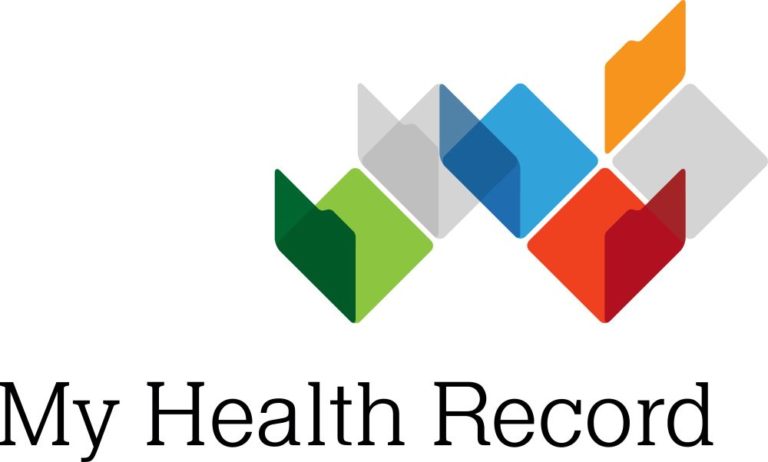[vc_row][vc_column][vc_column_text]This week the battle between the Australian Medical Association (AMA) and the private health insurance industry continues with revelations in the Daily Telegraph of a leaked copy of the AMA’s list of fees showing that some doctors are charging well in excess of the AMA fee.
Dr Dwayne Crombie, Managing Director of Bupa Health Insurance says patients must be given the chance to have informed financial consent.
“The number one concern we hear from our customers is the affordability of healthcare and their anger when they have an unexpected out-of-pocket cost,” he says.
“This data highlights exactly why Bupa members want transparency around gaps fees.”
“While the majority of doctors are doing the right thing, patients should know when a fee is higher than usual and be able to question why that is so.”
“Any out of pocket costs, such as doctors’ fees or hospital fees, must be known in advance.”
In response AMA President, Dr Michael Gannon says “I think those doctors charging multiples above the AMA fee need to be able to explain to patients why that is the case. I’m very comfortable with an environment where patients talk about fees before they make an appointment. The most important question is, is your surgeon a no gap provider? Is the anaesthetist they use a no gap provider? I think that very simple information should be available to patients before they make an appointment. Doctors are often uncomfortable talking about money, and they often do leave that conversation to their staff at the front desk. But we do not stand behind egregious unreasonable fee setting.”
Further, on Monday, AMA President, Dr Michael Gannon launched the AMA Private Health Insurance Report Card 2018, provides an overview of how private health insurance should work to benefit patients, and explains how proposed new arrangements will result in less choice and value for policy holders.
“The AMA Report Card provides patients and consumers with easily understood information about the private health insurance industry and how it works, which will help them make informed decisions when buying a policy,” Dr Gannon said.
“Our Report Card shows that the profits of the insurers continue to rise, the growth of policies with exclusions continues to grow, and policy holder complaints continue to rise.”
“We explain what insurance may cover, what the Medicare Benefits Schedule (MBS) covers, and what an out-of-pocket fee may be under different scenarios.”
PulseLine will be interested to see if the Government’s forthcoming private health reforms deliver the much-needed transparency for consumers and puts downwards pressure on healthcare costs.
Last year the medical device industry signed an Agreement with the Government to deliver $1.1 billion in benefit reductions for private health insurers, in exchange for various reforms that ultimately are intended to provide patients better access to life-changing and life-saving technology. However now we’ve heard claims of the real “fat in the system”, claims that certain doctors contribute to more than $1.6 billion a year in uncovered gap payments and also private patients in public hospitals costing the system $1.1 billion. Reform in healthcare is clearly a hot issue and will continue to be as we hurtle towards the next Federal election.[/vc_column_text][/vc_column][/vc_row]




